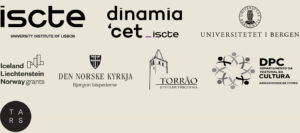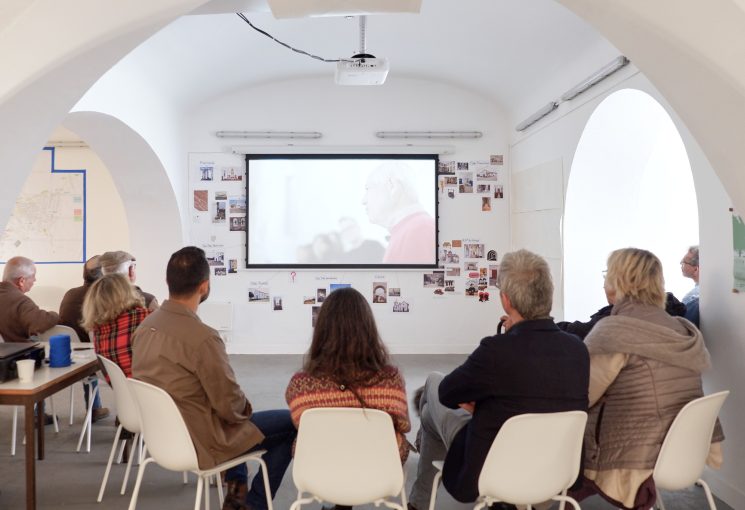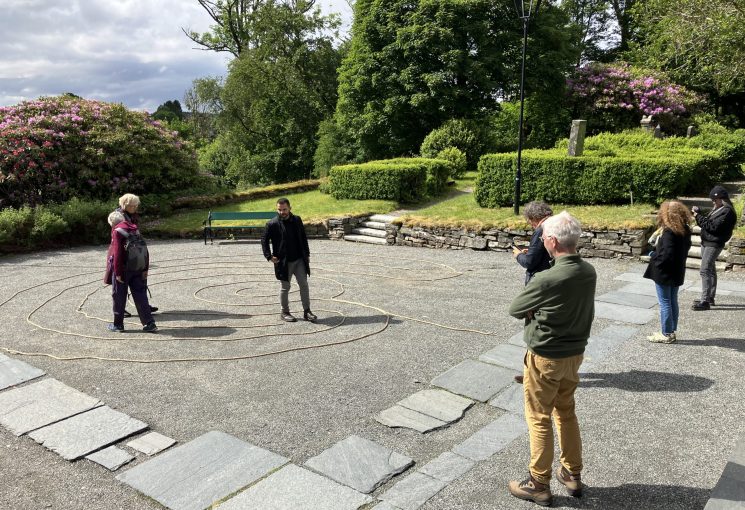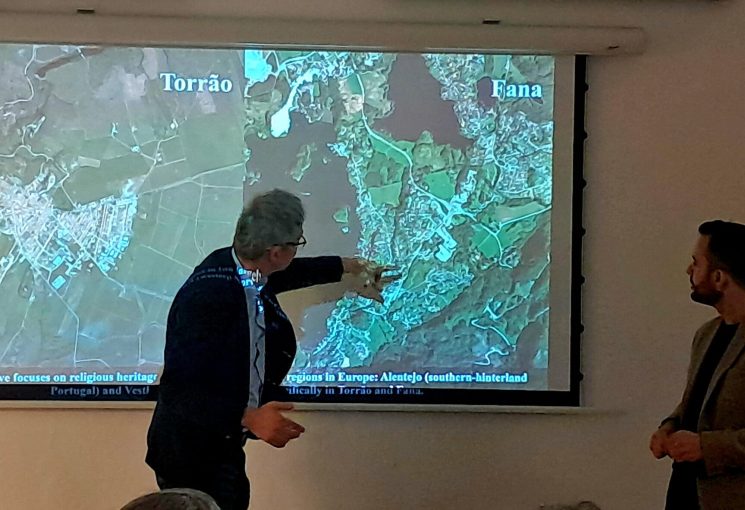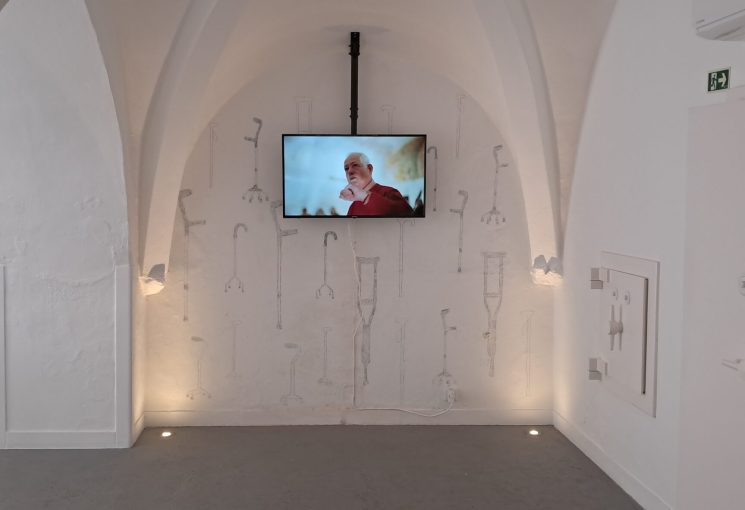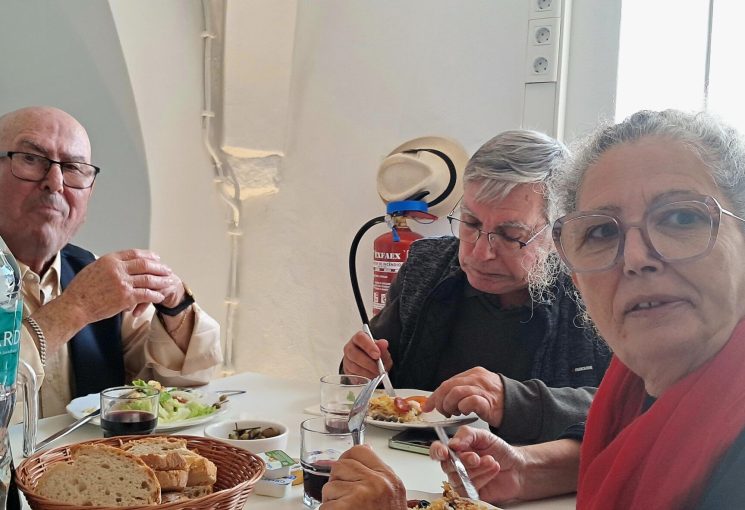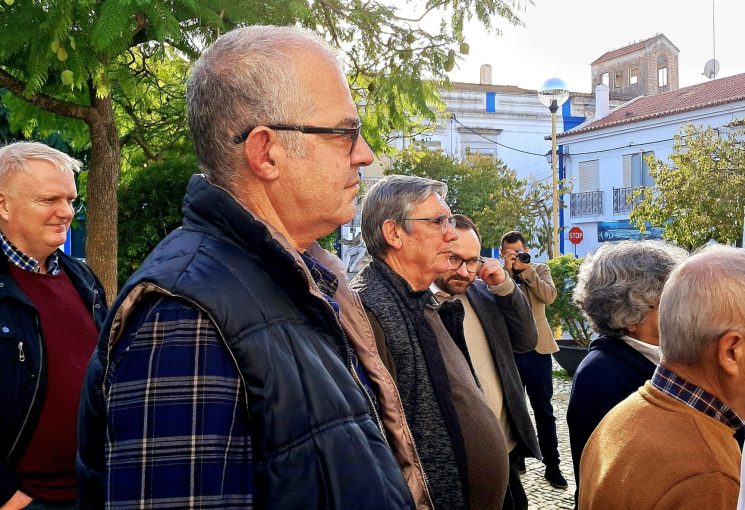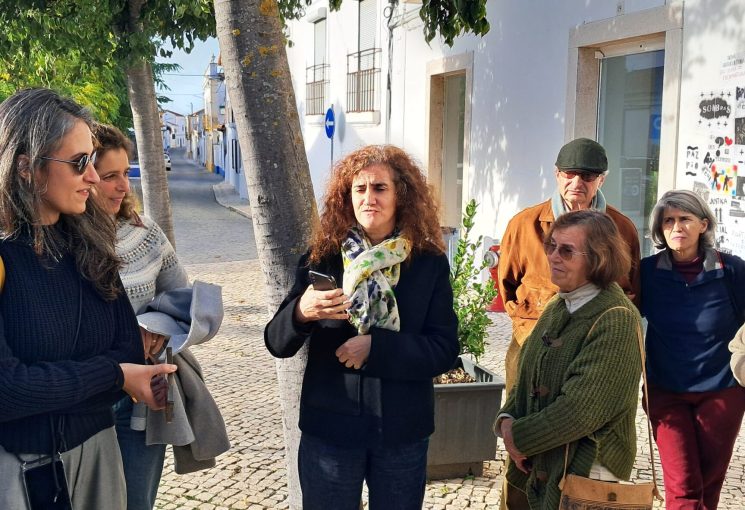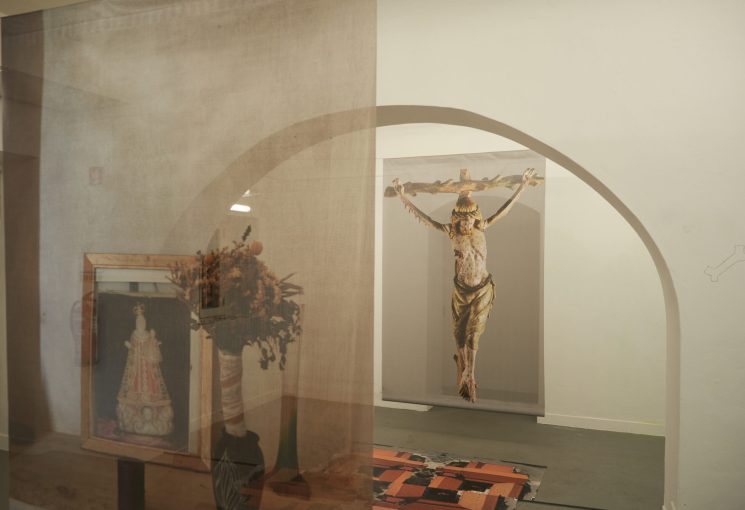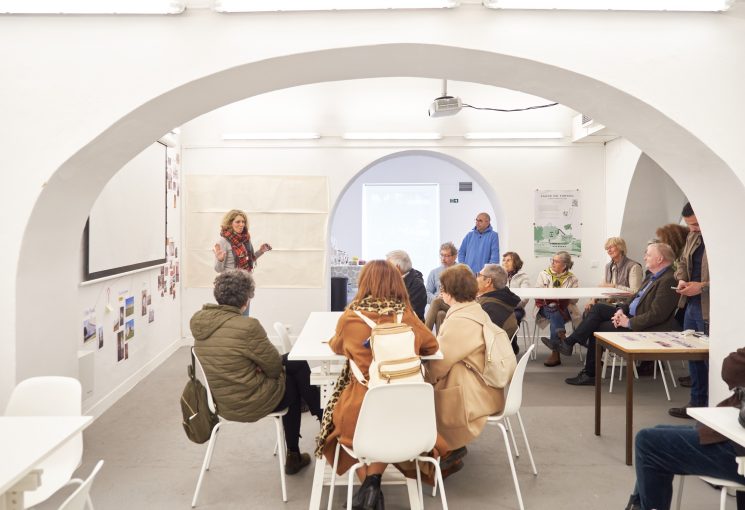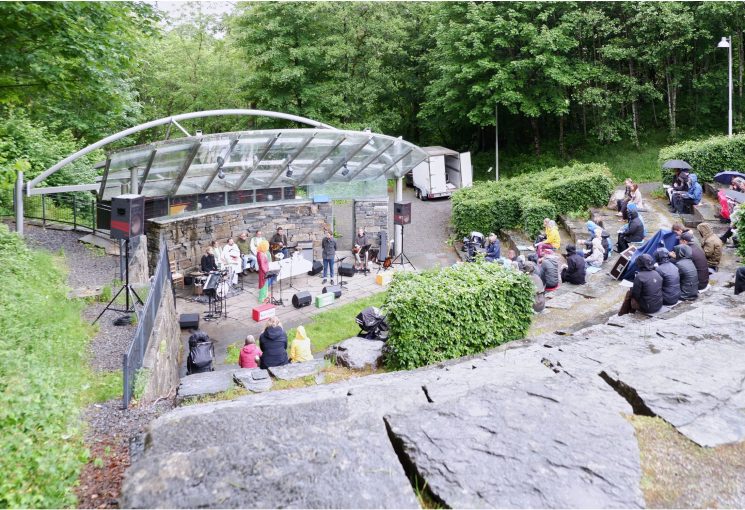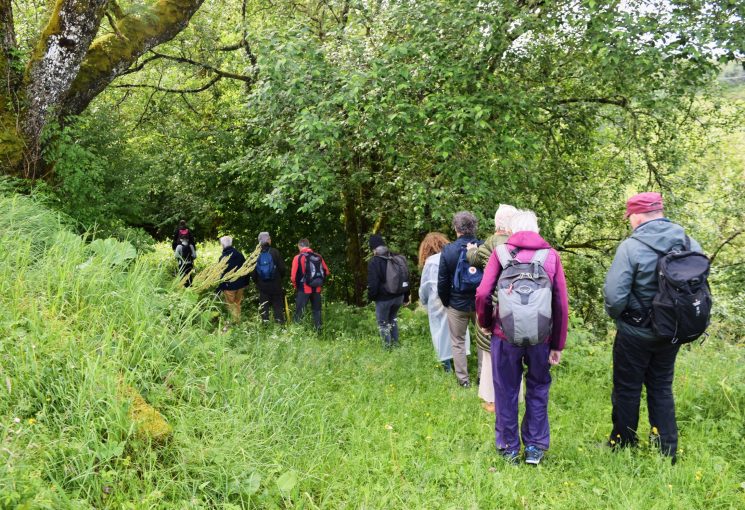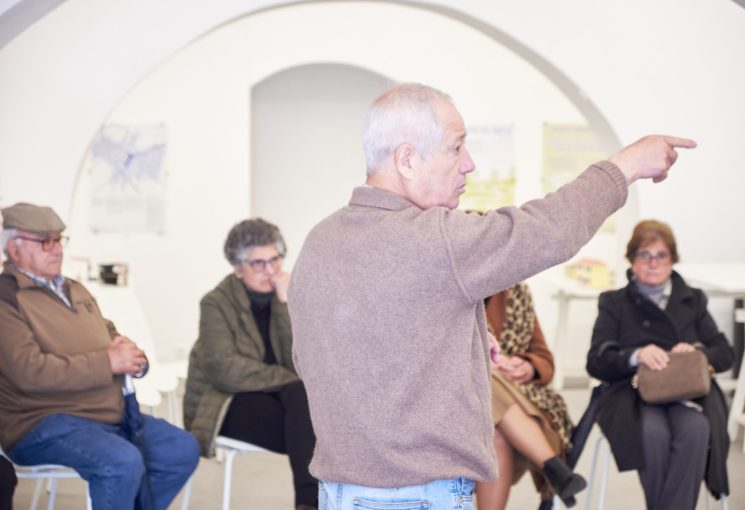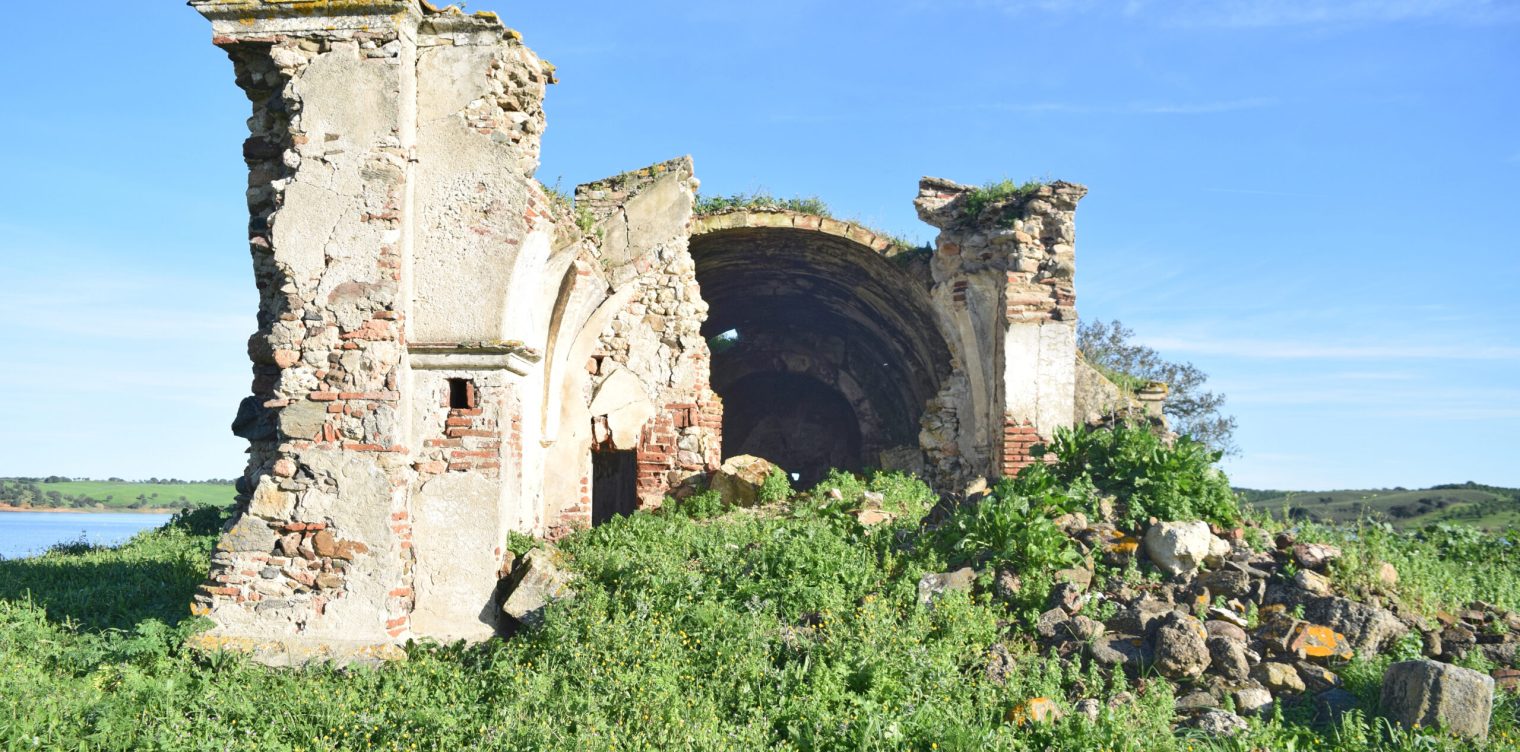
Sem Resultados.
No results found.
transHERITAGE concerns the relevance of the (re)construction of collective memory and identity. The pretext is the sacred space. Community – across a process of intercultural research linking two geographically distant places – is called to valorize religious heritage. Torrão is asked to understand the meaning of a circuit of buildings and a legacy of memories in a new context, with a new vision.
This potentially groundbreaking action-research revolves around three main activities: KNOWLEDGE creation and sharing; heritage community ENGAGEMENT; PROJECTION of i) new possibilities for the religious heritage through co-creation workshops, and ii) results, with a final conference and exhibition. It brings together the knowledge and research of the national partners ISCTE-University Institute of Lisbon and the University of Bergen and the on-site experience of the local partners – TARS, Civil Parish of Torrão, the Diocese of Bjørgvin in the Church of Norway, and Fana prosti (deanery).
transHERITAGE has been funded by EEA Grants Portugal through the Bilateral Fund. For CONVENTO DA TERRA, it is a both effective and inspiring way to associate the redemption of urban memory to an innovative perspective on integrative culture-driven urbanism. It ultimately intends to renew rural communities’ connection to sacred space(s).
Team
Authorship | Rolando Volzone (Principal Investigator) | Justin Kroesen (CO-Principal Investigator)
Collaboration | Carla Duarte | Laura Pomesano | Sofia Macedo | Jan Ove Fjelltveit | Ragna Sofie Grung Moe | Trygve Nesse | Kristin Sævik Litlere | Arne Tveit | Einar Vegge | TARS | Mário Câmara Caeiro | Catarina M. C. Caeiro | Vasco Braga | Filipa Assis | Gonçalo Leandro | Andreia Alves | Vídeo | João Monge | Artwork/Exhibition | Thierry Ferreira
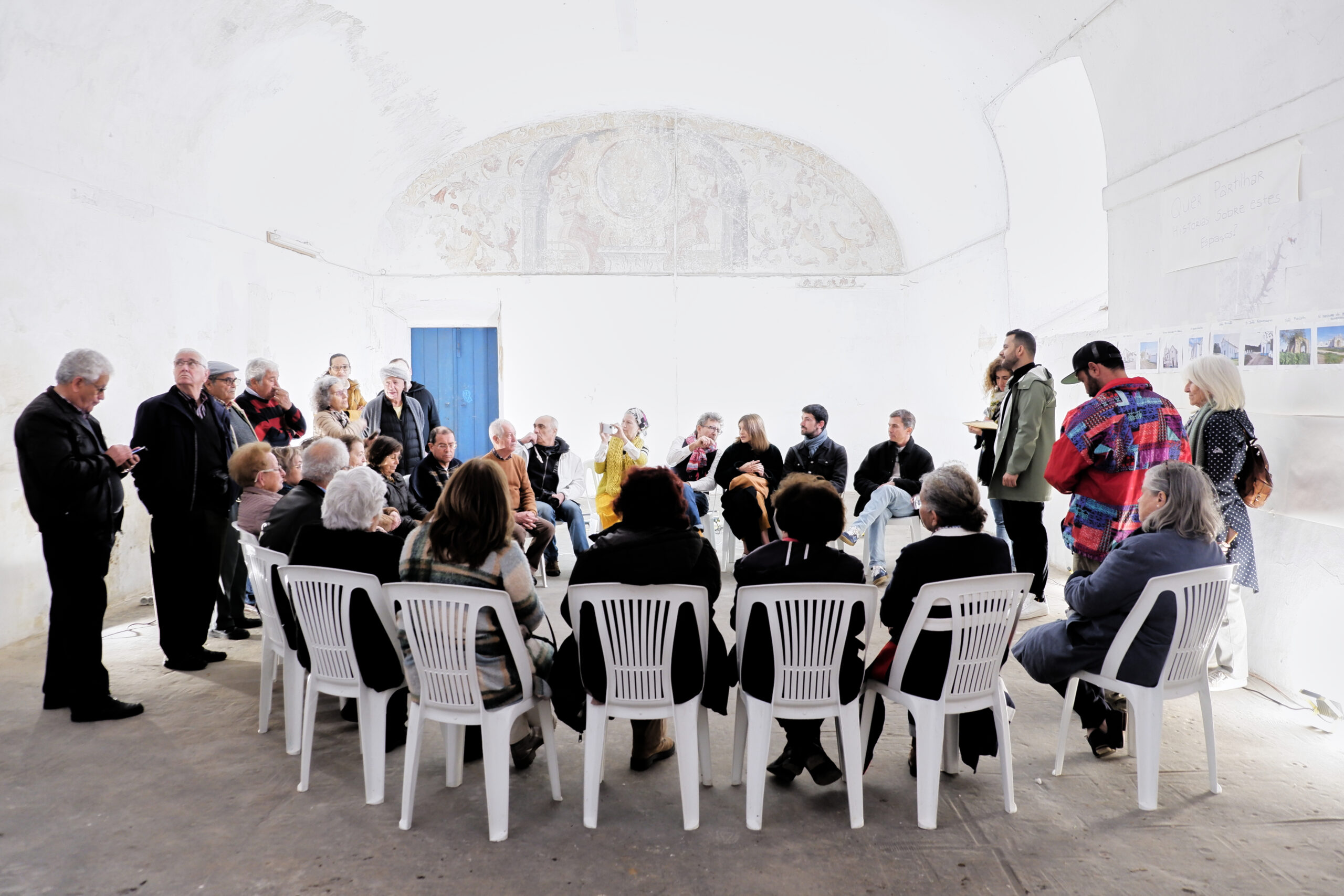
Framework
Over centuries, religious built heritage has played an essential role in Europe, shaping social, economic, environmental, and cultural values. It defined communities and left a deep imprint on territorial development and their silhouettes, still visible in present-day city and landscape. In Portugal, as well as in Norway, at present, the dominant religions (the Catholic Church and the Lutheran Church of Norway, respectively) face common challenges, socially, in terms of dwindling communities (e.g., less worshipers and priests), environmentally and economically, due to the reduction of the number of parishes and the territorial change that result from this. This often leads to a low utilization rate or even redundancy of religious buildings.
“Churches transcend time. They are the spiritual investment and the artistic legacy of generations, and a community’s greatest expression of itself over centuries. There’s a concentration of shared human experience within their walls, which means that churches are a monument to the lives of thousands of ordinary people who have been completely forgotten about. This is their gift to the future” (Rachel Morley, Director of Friends of Friendless Churches).
Within the international project transHERITAGE we have identfied 10 religious buildings in Torrão. Chapels, churches and convents, in different states of conservation. Some of them still maintain religious functions; others have been transformed or are in ruin.
For future memory, below the list of sacred spaces documented by the transHERITAGE project (names, localizations and current use):
Igreja Matriz de Nossa Senhora da Assunção | 38.2962095248235, -8.22896894744389 | Religious use
Igreja da Misericórdia (ou Nossa Senhora de Albergaria) | 38.29593567867296, -8.227778708459825 | Religious use
Convento de São Francisco | 38.294920261654745, -8.2237733341033 | Religious use + school
Ermida Nossa Senhora do Bom Sucesso | 38.298393649451384, -8.214477614673493 | Religious use
Igreja Nossa Senhora do Carmo | 38.29534083739719, -8.22693245613906 | Library
Convento Nossa Senhora da Graça | 38.294366449916055, -8.22659325002081 | Ruin in renovation
Igreja de Rio Moinhos do Sado (São Romão) | 38.246128070745485, -8.356683078143998 | Religious use
Capela de São João Nepomuceno | 38.29977519122101, -8.228025681156497 | Non used
Ermida São João dos Azinhais | 38.2736347298022, -8.260223665141464 | Ruin
Ermida de São Faústo (Fausto) | 38.308078861276236, -8.23390930771763 | Ruin
Video available here.
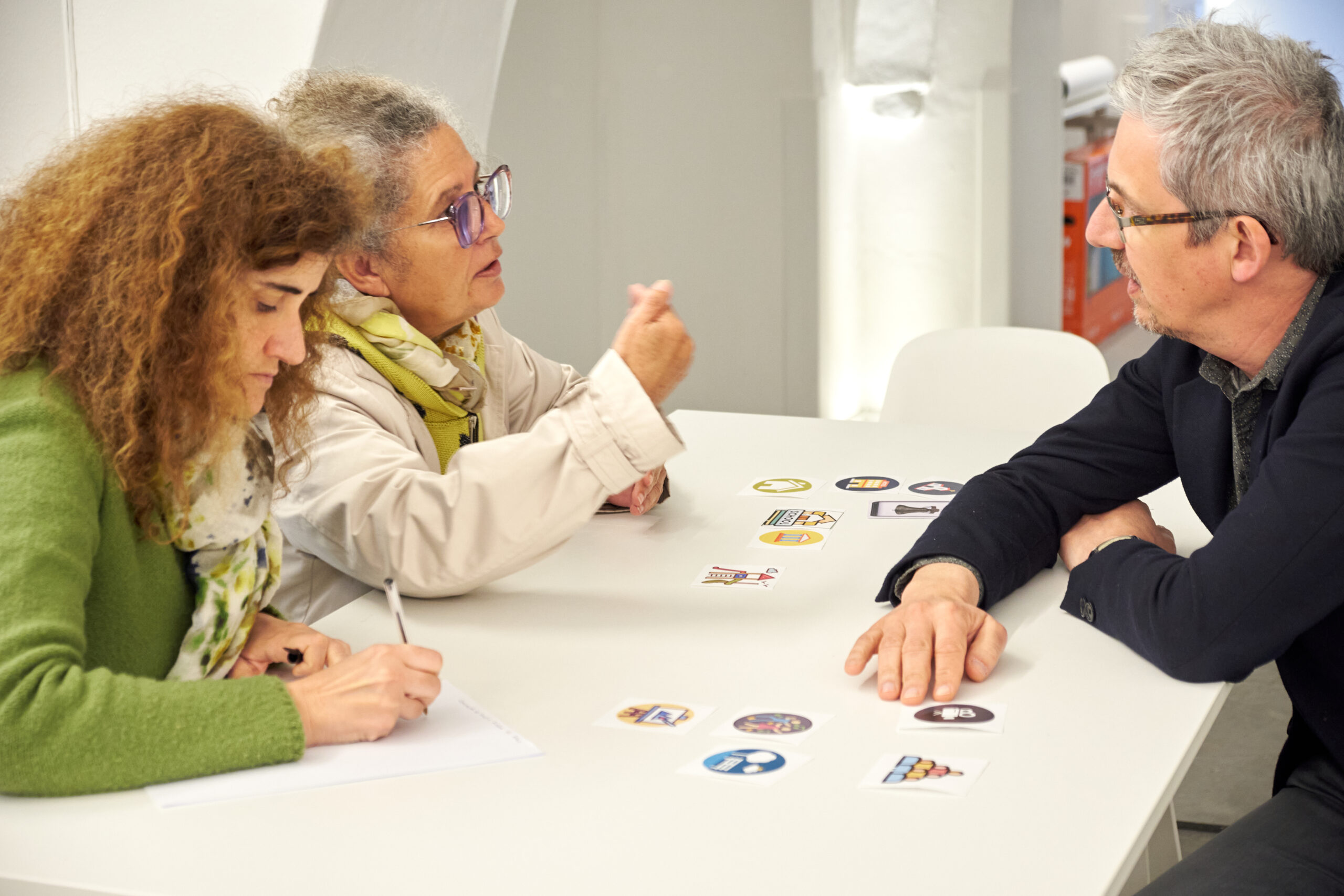
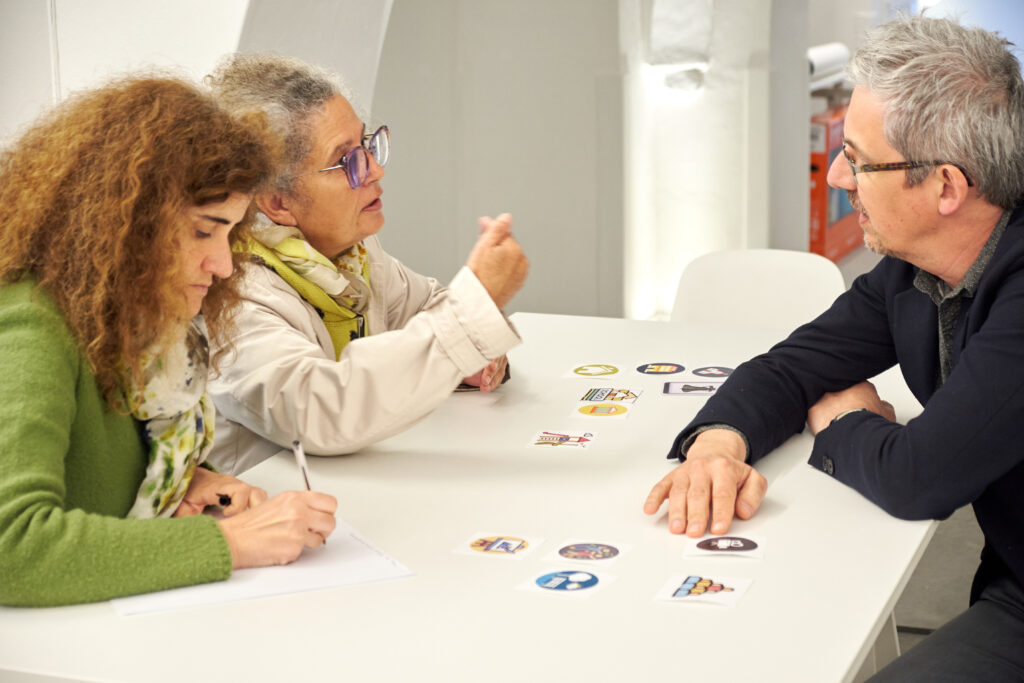
Moment 1
CLAUSTRO ABERTO | OPEN CLOISTER | 24 February 2024
In the spirit of CONVENTO DA TERRA’s commitment to communitarian engagement, OPEN CLOISTER consisted of a commented tour to Torrão’s Convento de Nossa Senhora da Graça. In the very nave, under the choir, of the Church, more than 100 participants shared many memories and specialists lectured on specific challenges concerning the restoration project: Gonçalo Leandro highlighted the work to be done on XVI Century frescoes and Carlos Veloso commented on the architectural intervention. History met curiosity, and memories – both individual and collective – shall inspire the everyone’s commitment to an emerging socio-cultural paradigm – one where the circuit of churches in Torrão becomes relevant for the urbe.
Video available here and here.
ESCUTAR O CONVENTO | LISTEN TO THE CONVENT | 9 March 2024
March 9th, local dwellers joined a co-creation workshop at AQUI, again with individual experiences and stories feeding the analysis and the potential rethinking of religious heritage, in the framework of different focus-groups. The objective: to draft sustainable futures for the whole system.
At the end of the day, a performative moment happened. Artist and performer Ana Carolina Vasconcelos Lapa was joined by the choir of Universidade Sénior do Torrão. A Contemporary spirituality somehow resonated the traditional vox.
Video available here.
Moment 2
KIRKEN DIN | 7-9 June 2024
“Kirken Din” (from the Norwegian) can be translated in English as “Your Church”. This was the main driver of the three-day workshop, a real cultural weekend in and around Fana Church. The programme included lectures by researchers at the University Museum of Bergen – Cultural History and ISCTE | IUL, conversations about the meaning of Fana church today by members of the Diocese of Bjørgvin, a pilgrimage walk, experience tours in and around the Fana church, an ecumenical open air church service. This diversity fostered a continuum of knowledge creation and the very experience of spiritual sharing.
We had lectures Rolando Volzone, Justin Kroesen and Dick van Dijk, a visit at the University Museum of Bergen (Universitetet i Bergen), joint conversation about the meaning of Fana church today with Ragna Sofie Grung Moe and Jan Ove Fjelltveit, a pilgrimage walk, between Nottveit and the church of Fana, passing through Øvre Titlestad, led by Lauritz Haarr and Reverend Einar Vegge, and experience tours in and around the Fana church, and an ecumenical open air church service ending with a lunch with Fana community.
These were moments that allowed the sharing of experiences between Portugal and Norway around religious heritage, and to discuss ways of recovering, transforming, and integrating these spaces, into the experiences of communities. It was also a moment to reflect on the role that these spaces have in creating collective memory, opening up new paths of thought, and the desire to hold new events. The video here.
Moment 3
PROJECTION | 22-23 November 2024
Video available here.
Conclusion
transHERITAGE is a particularly stimulating challenge for its linkage between the intimate and the collective, the personal experience of faith and collective value, theory and practice. Beyond the architectural dimension, it is focused on the point of view of the users of the sacred space.
In this video, João Monge captured the essence of what happened until now in Torrão.
November 7th, 2024
